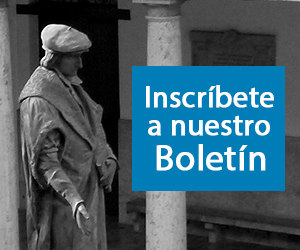Autor: Federico Arnau Moya. Profesor Contratado Doctor Derecho civil, Universitat Jaume I (España). Correo electrónico: arnauf@uji.es. ORCID: 0000-0002-8434-6708
Resumen: Frecuentemente los progenitores de uno de los cónyuges o de los convivientes de una pareja de hecho le ceden a éste un inmueble a título gratuito para que le sirva a él y a su familia de vivienda. Estas cesiones se realizan de manera informal sin señalarse expresamente ni un plazo de duración ni un uso específico al que ha de destinarse el inmueble. El problema surge cuando tras una crisis familiar en una sentencia de divorcio o de separación se adjudica el uso de la vivienda a quien no es hijo o hija de los cedentes que interponen acciones judiciales para intentar recuperar la vivienda. En estos procesos el cedente suele alegar que la vivienda se cedió en precario mientras que el demando alega que se trata de un comodato. La jurisprudencia española ha sido vacilante a la hora de determinar que figura es la predominante.
Palabras clave: Vivienda familiar; atribución judicial del uso; precario; comodato; propiedad; posesión; divorcio.
Abstract: Frequently, the parents of one of the spouses or of the members of a domestic partnership transfer a property to the latter free of charge to serve as a home for him/her and his/her family. These assignments are made informally without expressly stating either a term of duration or a specific use to which it is to be put. The problem arises when after a family crisis in a divorce or separation judgment, the use of the property is awarded to someone who is not a son or daughter of the transferor, who takes legal action to try to recover the property. In these processes, the transferor usually alleges that the property was transferred in precariousness while the plaintiff alleges that it is a gratuitous bailment. Spanish case law has been hesitant to determine which figure is predominant.
Key words: Family home; judicial allocation of use; precarious; commodatum; property; possession; divorce; gratuitous bailment.
Sumario:
I. INTRODUCCIÓN.
1. Las diferencias entre precario y comodato.
2. La cesión del uso gratuito de una vivienda es siempre un contrato.
II. LAS VACILACIONES JURISPRUDENCIALES EN LAS CESIONES GRATUITAS DE VIVIENDA.
1. Las iniciales vacilaciones jurisprudenciales.
2. La etapa de la unificación jurisprudencial.
Revista indexada en SCOPUS (Q3), REDIB, ANVUR (Clase “A”), LATINDEX, CIRC (B), MIAR.
Referencia: Actualidad Jurídica Iberoamericana Nº 17, agosto 2022, ISSN: 2386-4567, pp. 642-689






